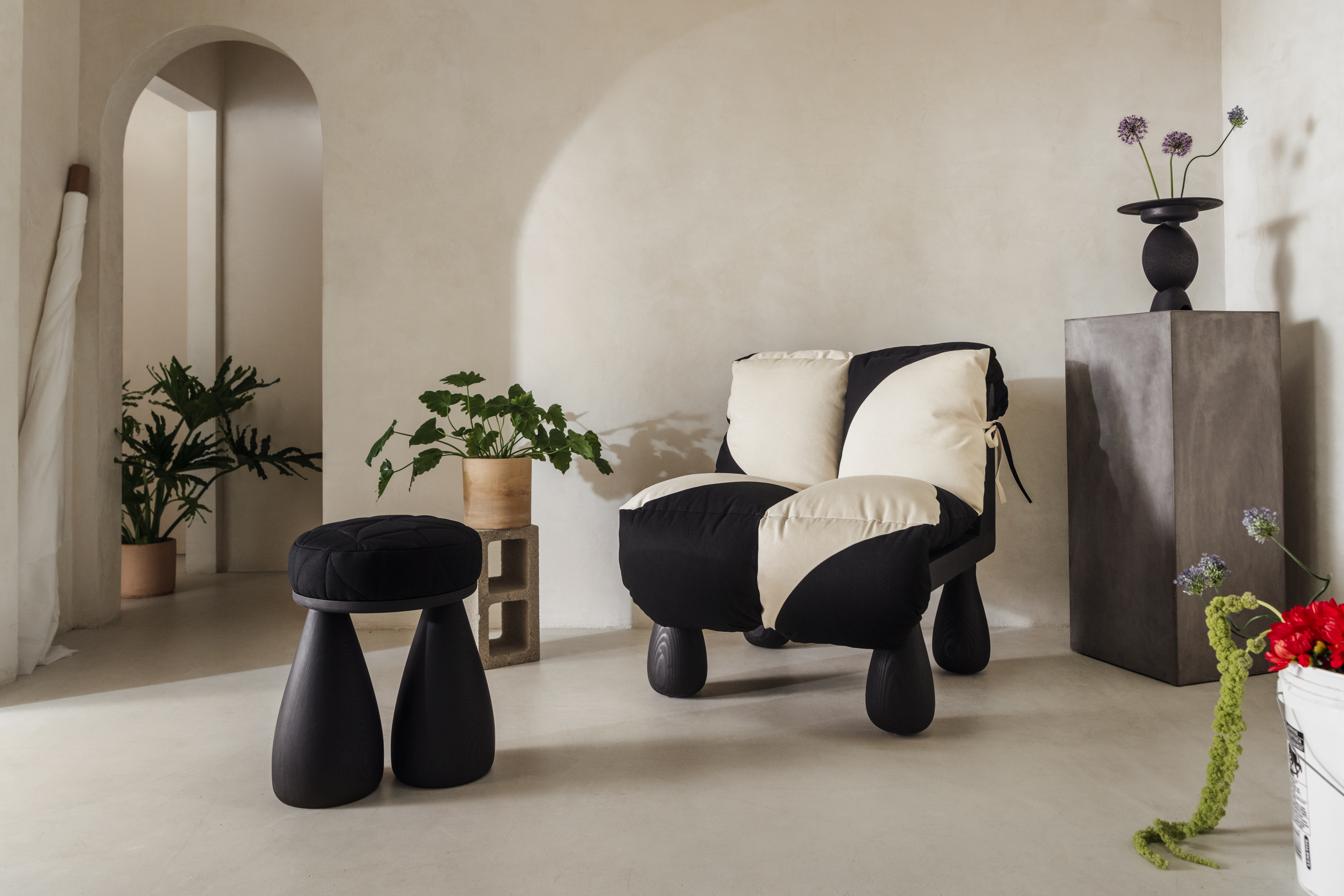
There is a growing lust for joy, comfort, and softness in the design scene right now, and it is, quite literally, reshaping the way designers and furniture makers conceive their products. Already spotted by Livingetc a few months back and widely explored in our Summer Issue, this urge for playfulism, or "the mood of ebullience, of wit and warmth and wonder that the world's best designers are filling their projects with now", wrote Executive Editor Pip Rich in June, is the latest way "decor has found to make people happy".
Through pastel-hued palettes, wavy, organic shapes, and beautifully crafted finishes, this style infuses our home furnishings with the power to support us amid stress and difficulties, becoming a vehicle for soul-nourishing escapism. Plump, fun objects can turn a bad day into a good one: but what has suddenly made them so omnipresent as an interior design trend? And what do they reveal about the state of our lives?
When I spoke with California-based furniture maker Sam Klemick and design studio Soft Geometry's co-founder Utharaa L. Zacharias, it was impossible not to notice the leitmotif that brings their work together: their shared fondness for exaggerated, padded volumes, round lines, peaceful shades, and luxe handmade details made the comparison inevitable. While their amusing aesthetic could simply be ascribed to the comeback of "1970s bubble shapes", one of the Italian design trends reported on in our October Issue, chatting with them showed me it has deeper roots than you'd think.
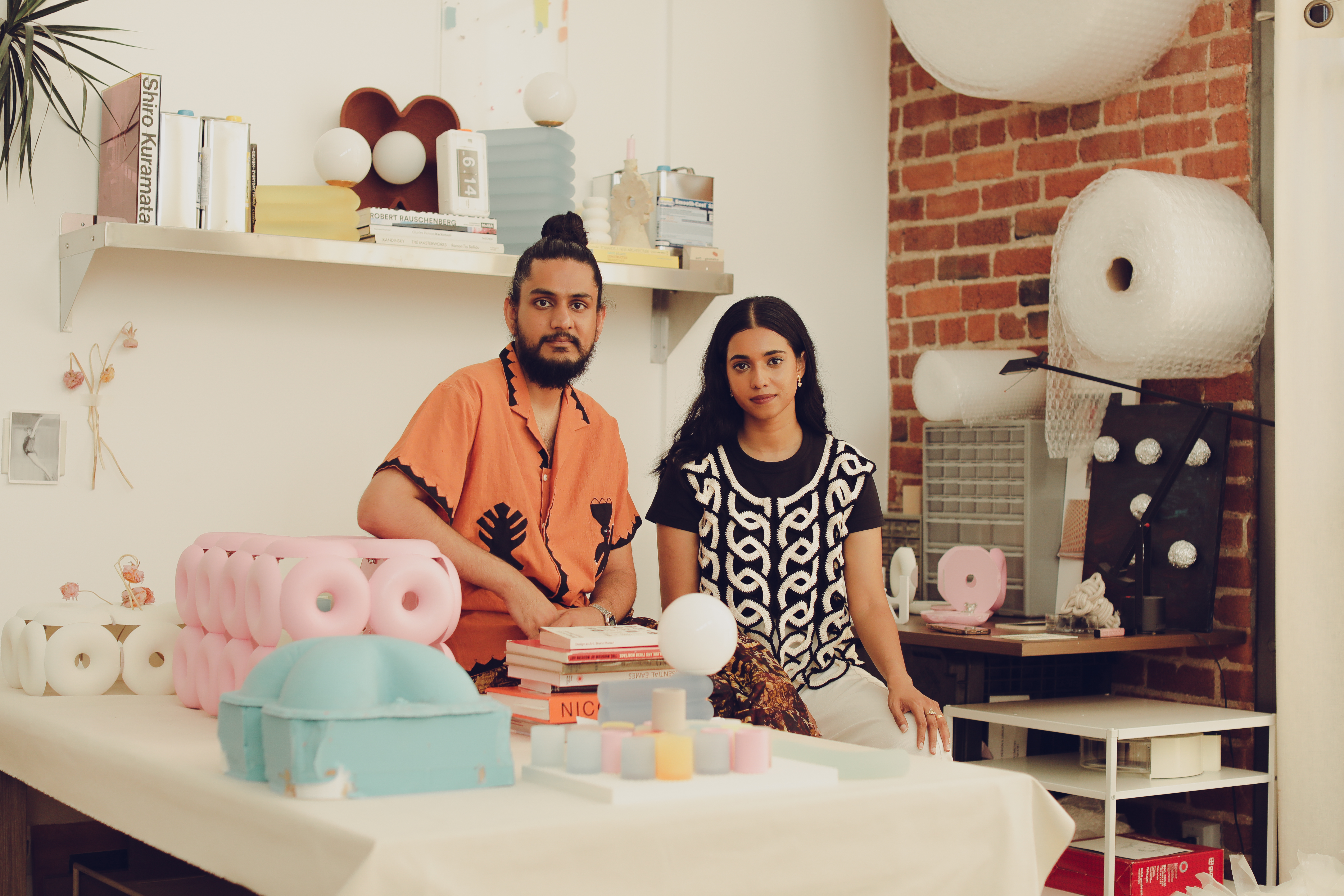
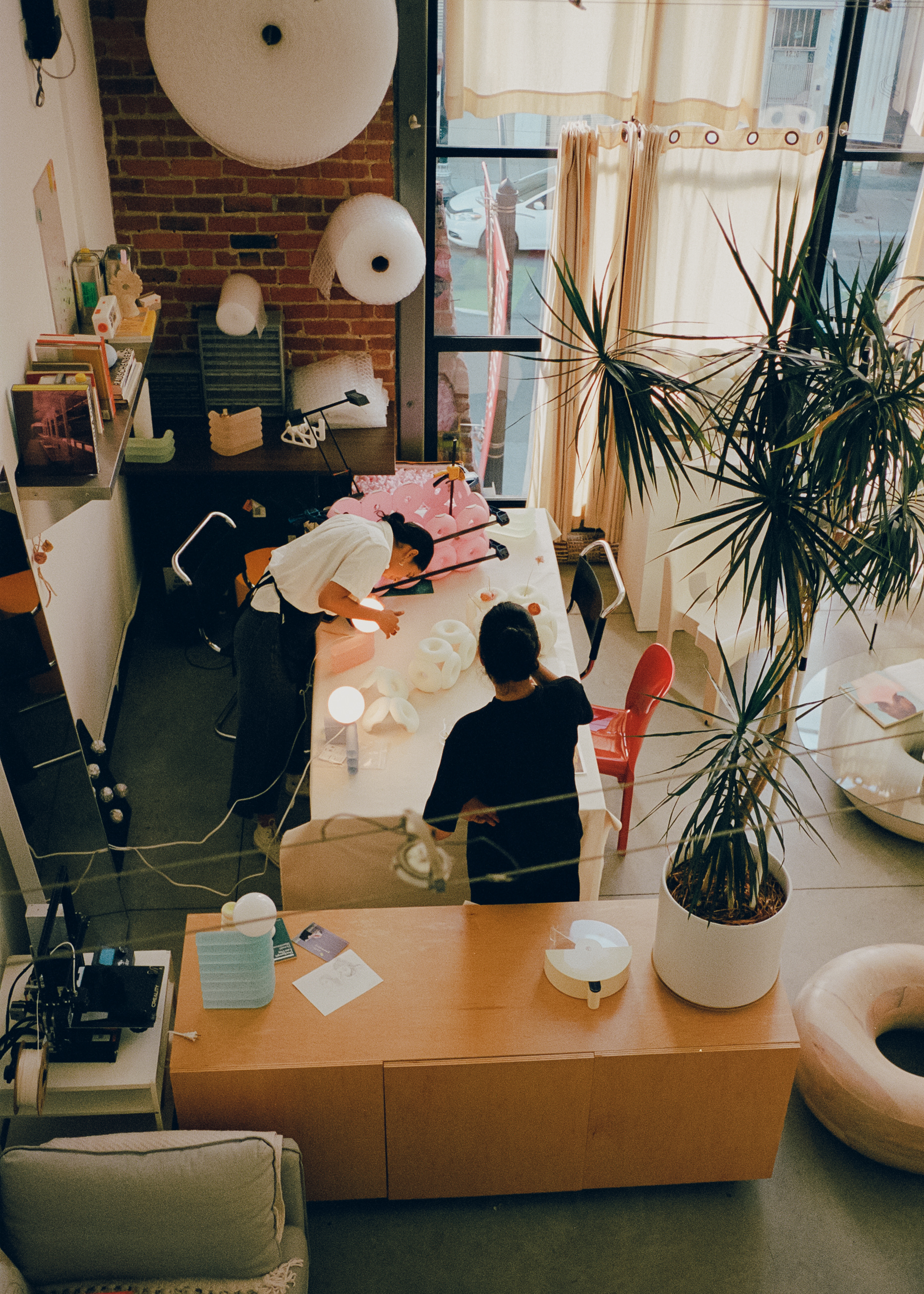
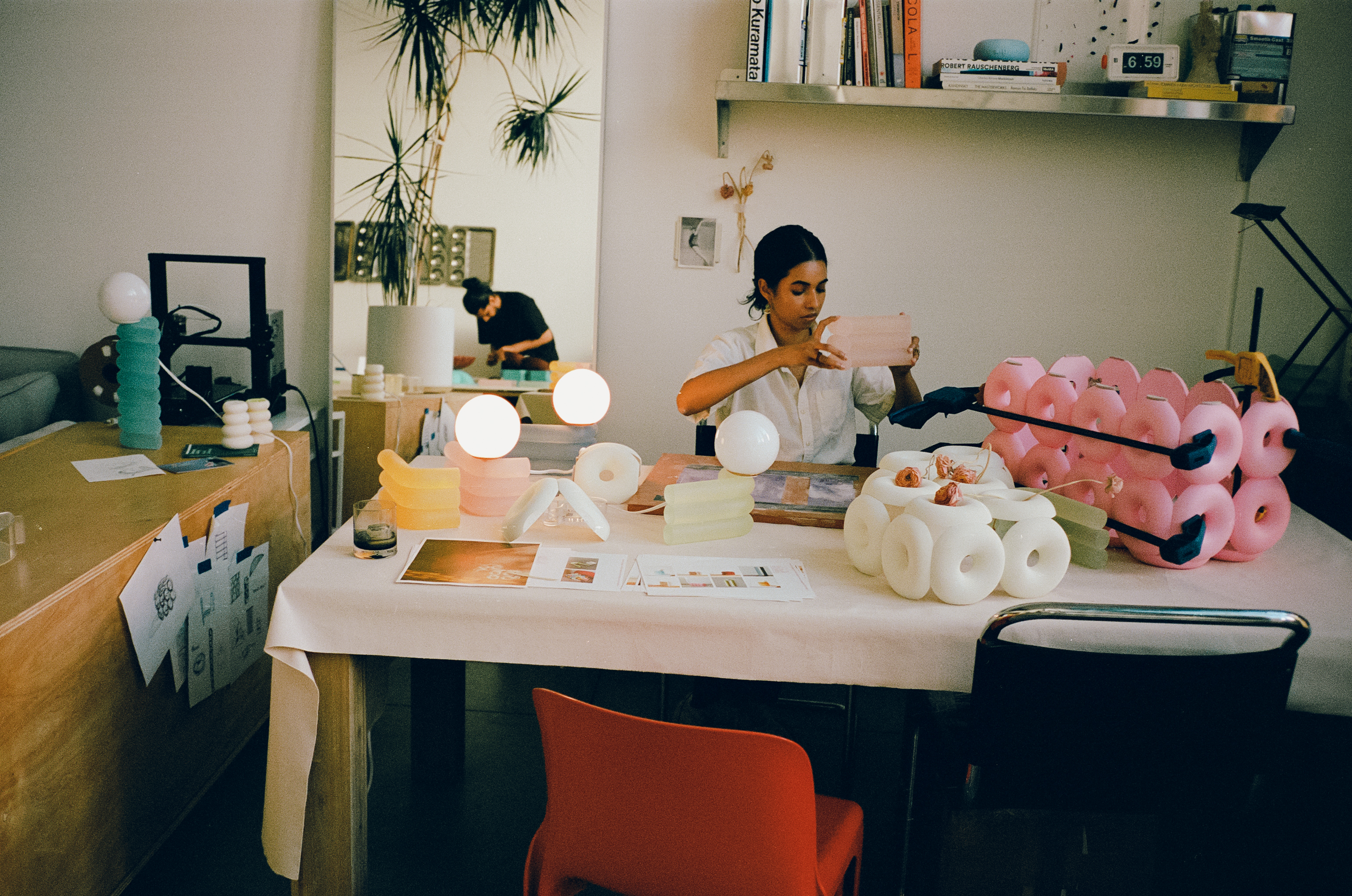
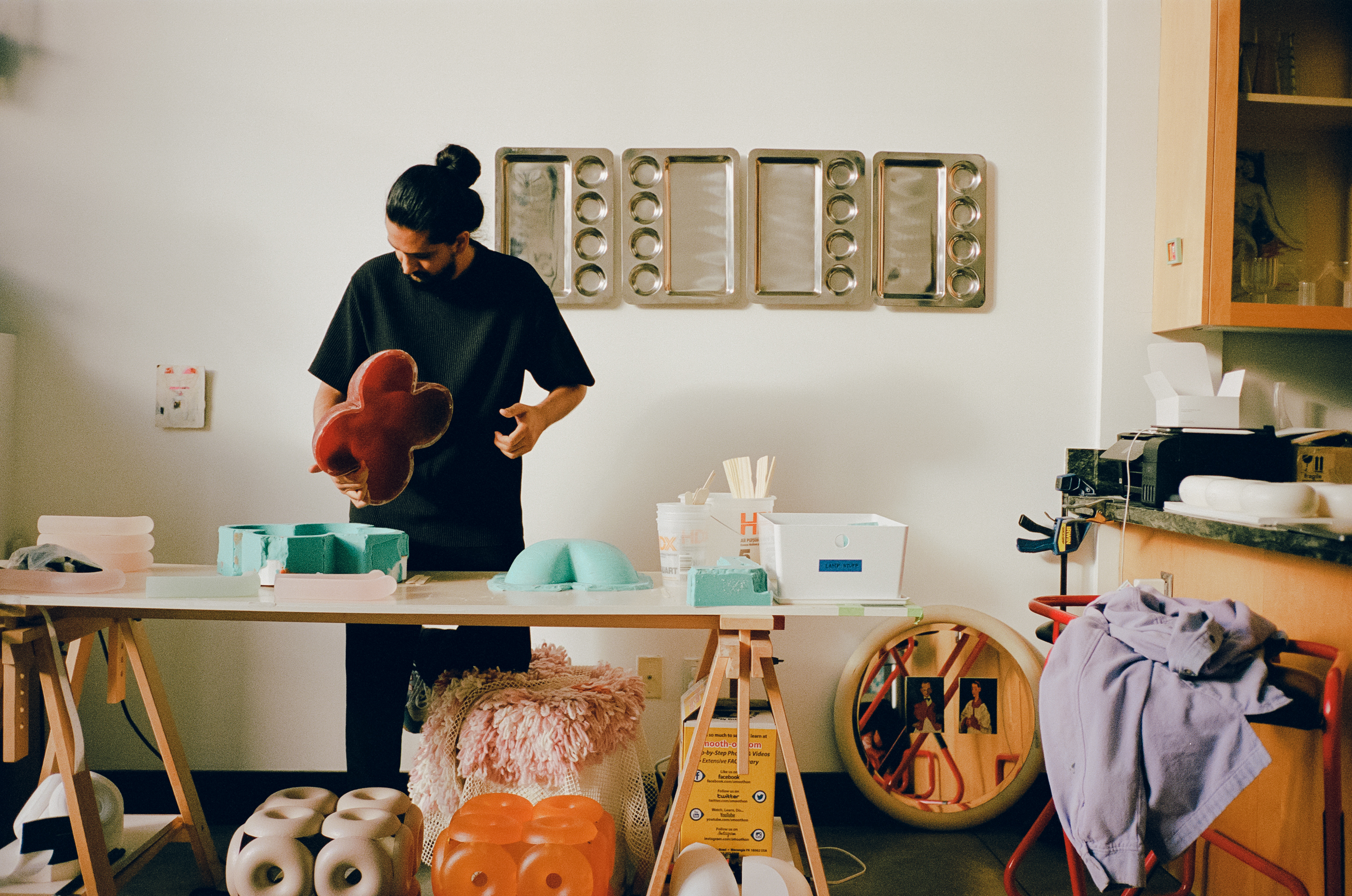
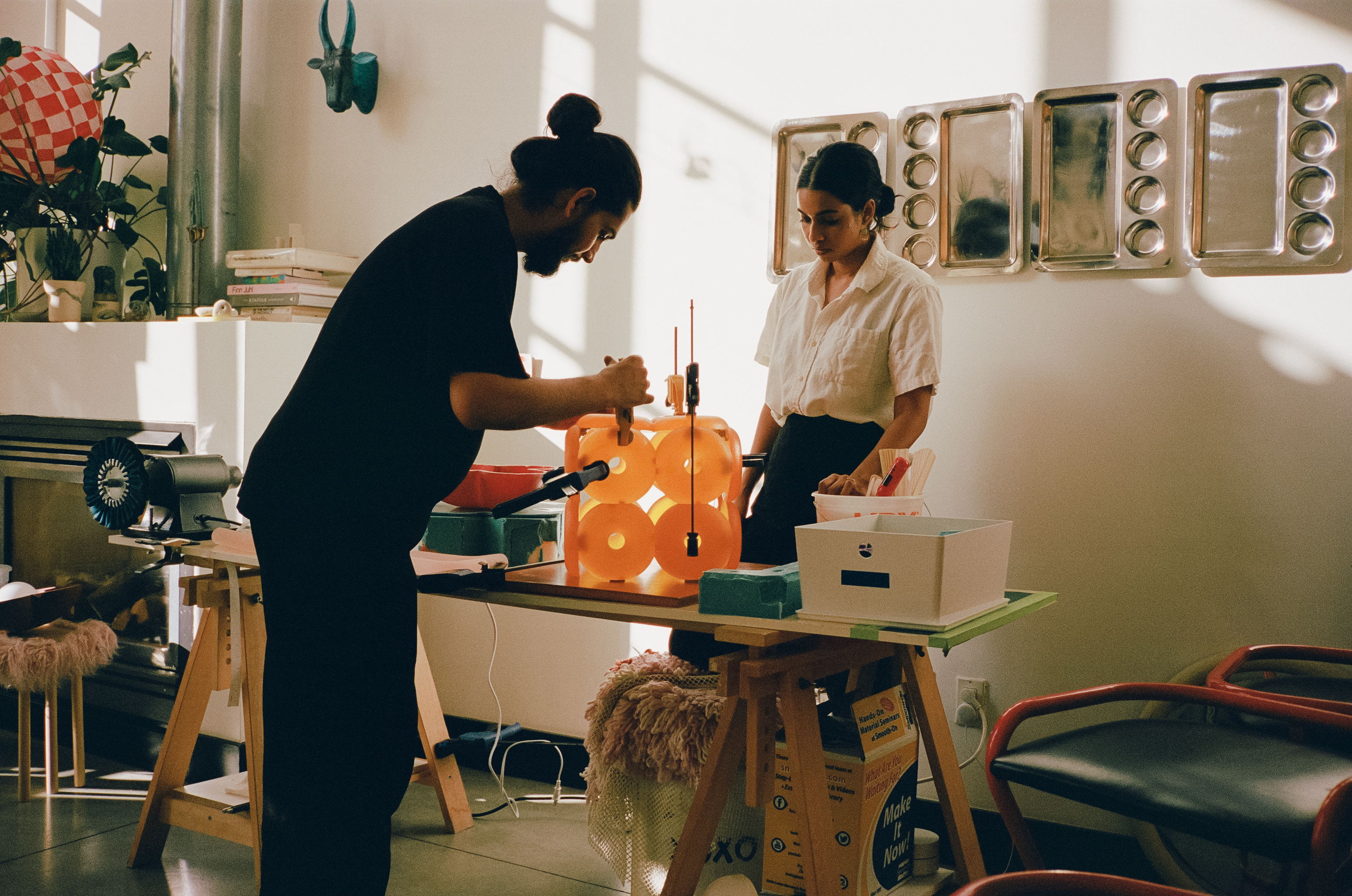
Indian-born designer duo Utharaa L. Zacharias and Palaash Chaudhary first became aware of softness's role in their work when discussing what the focus of their design production should be in the early days of their collaboration in 2019. Wanting to create things that were an extension of their personalities, "we began to think of how we'd describe each other as people and came up with the word 'soft,'" Utharaa told me, Zooming in from Kochi, where she grew up. They put that term at the heart of their studio, starting with its name, Soft Geometry — a play on the linear feel of contemporary design and the sensations it elicits — and opened their workshop between San Francisco, where the work and life partners now live, and Utharaa's hometown in India.
It was the experience of moving to the US that allowed the two Savannah College of Art & Design graduates to understand what the word actually meant to them: "softness to us was everything that we were missing," the co-founder explained. The daughter of two architects, both she and Palaash had been raised in homes completely filled with handcrafted things; worn, beaten up objects which, "despite not being the most beautiful in the world", captured a sense of warmness and familiarity. "You could immediately sense that they hadn't been made by a machine, but that a person's hands were behind them, and that they carried that story," she said. Soon, they realized that "softness is Indian" — a concept they have ever since been deepening in their collectable lighting and seating ideas, examining it across light, color, texture, material, and form.
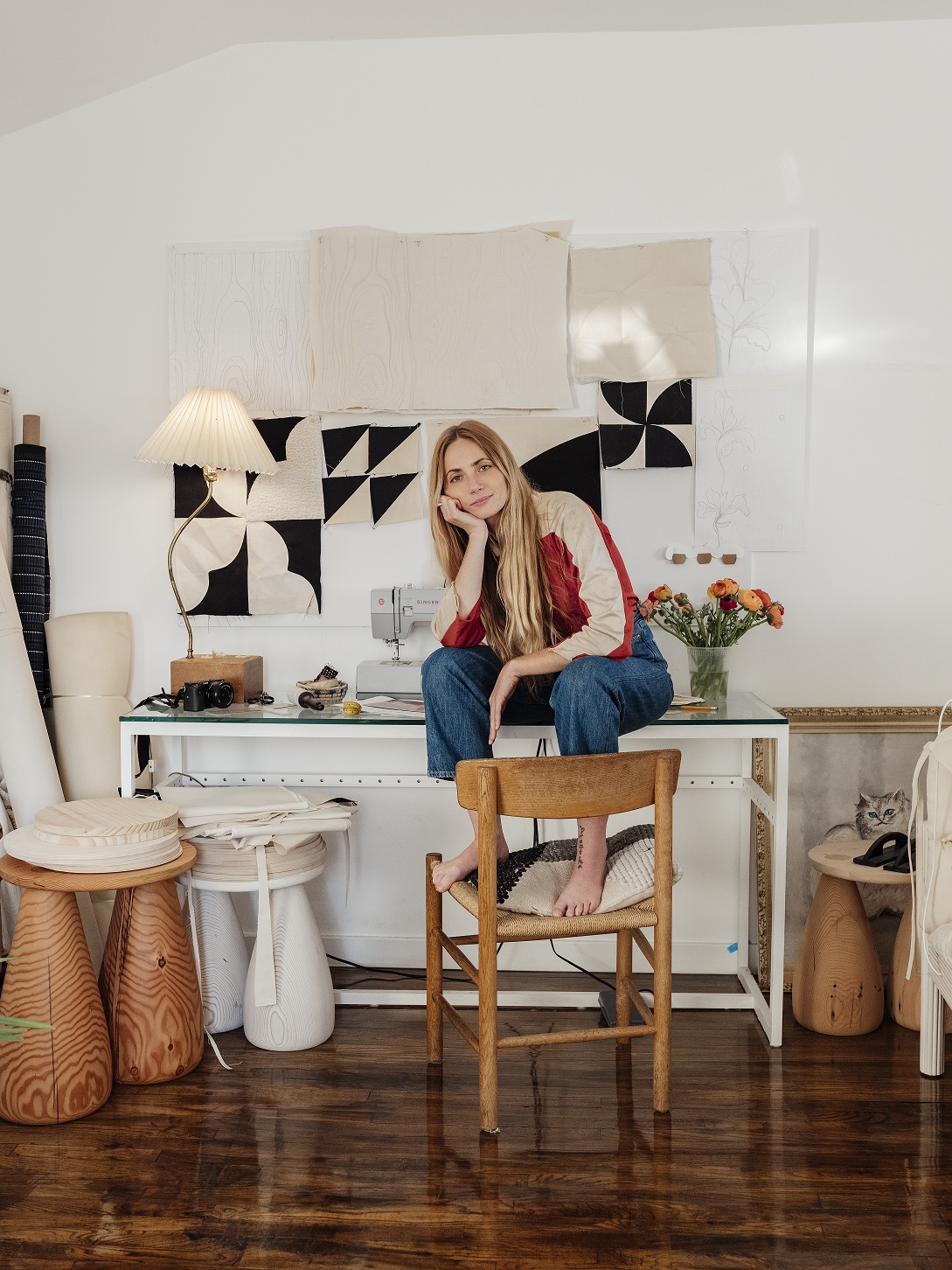
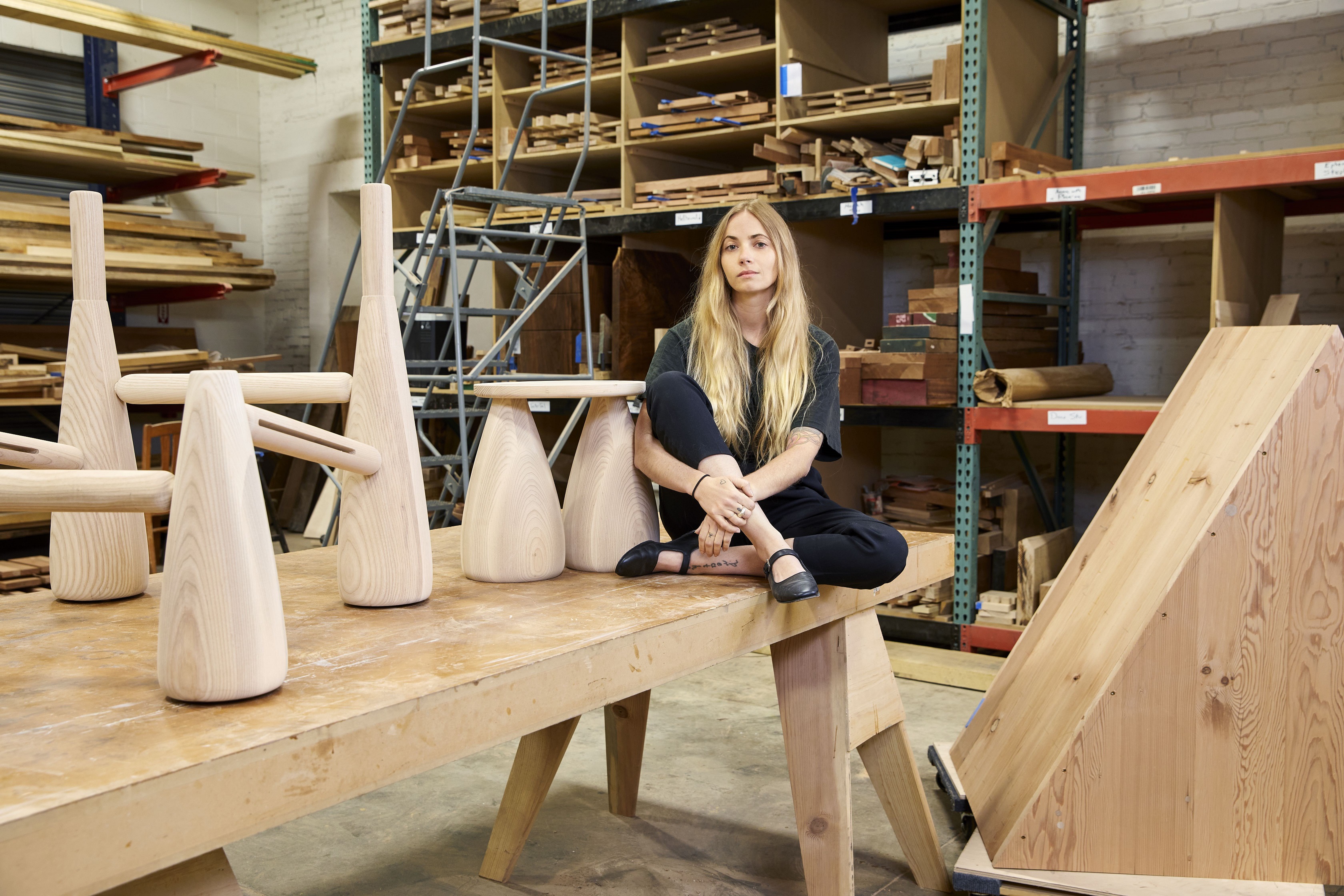
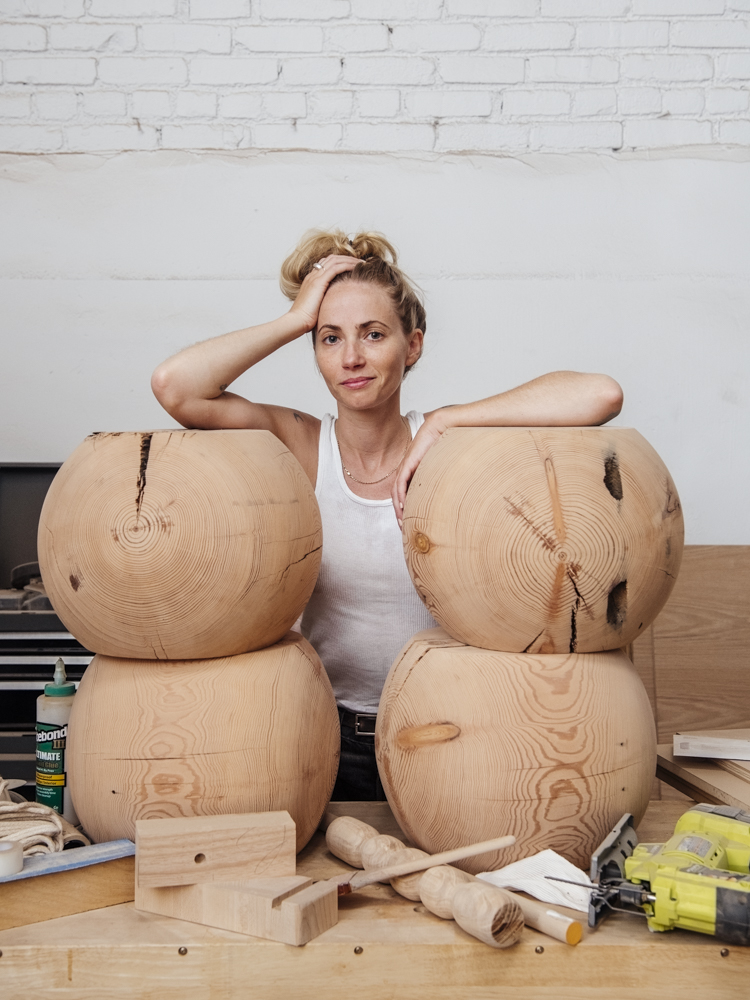
For Los Angeles-born woodworker Sam Klemick, whose namesake studio reinvents oak sourced from local construction sites and deadstock as well as vintage fabric into surreally endearing, chunky furniture, big shapes almost serve as an antidote to the frenetic pace of contemporary life. After working for established fashion brands in New York for 15 years, where she witnessed the waste legitimized by large-scale production, Sam felt the need to get back to making things with her hands. Keen to start afresh, she moved to an empty apartment in Los Angeles, becoming fascinated with the idea of creating all of her new furniture herself. For the past six years, the designer has been crafting upholstered armchairs, sofas, and stools, as well as chairs and side or coffee tables whose fantastical silhouettes make them a curious addition to the modern home.
She considers the chubby, peaceful nature of her craft one of its main components alongside an upcycling-led, mindful approach to materials and a community-oriented understanding of artisanry. "I am only happy with something I make once it feels resolved, calm, and not too busy," Sam told me over an early morning Zoom call last month. "I love these rounded shapes that feel grounding, like in the legs of my bell chair — that sense of tranquility is very important to me." As a person, she is always searching for balance and stillness which, considering the some 3.8 million dwellers of LA, feels like a logical demand. Because of the dangerousness of woodworking, which forces her to be present, focused and to connect with the medium at all times, Sam has transformed that propensity into a key aspect of her process, finding solace in her sculptural pieces.
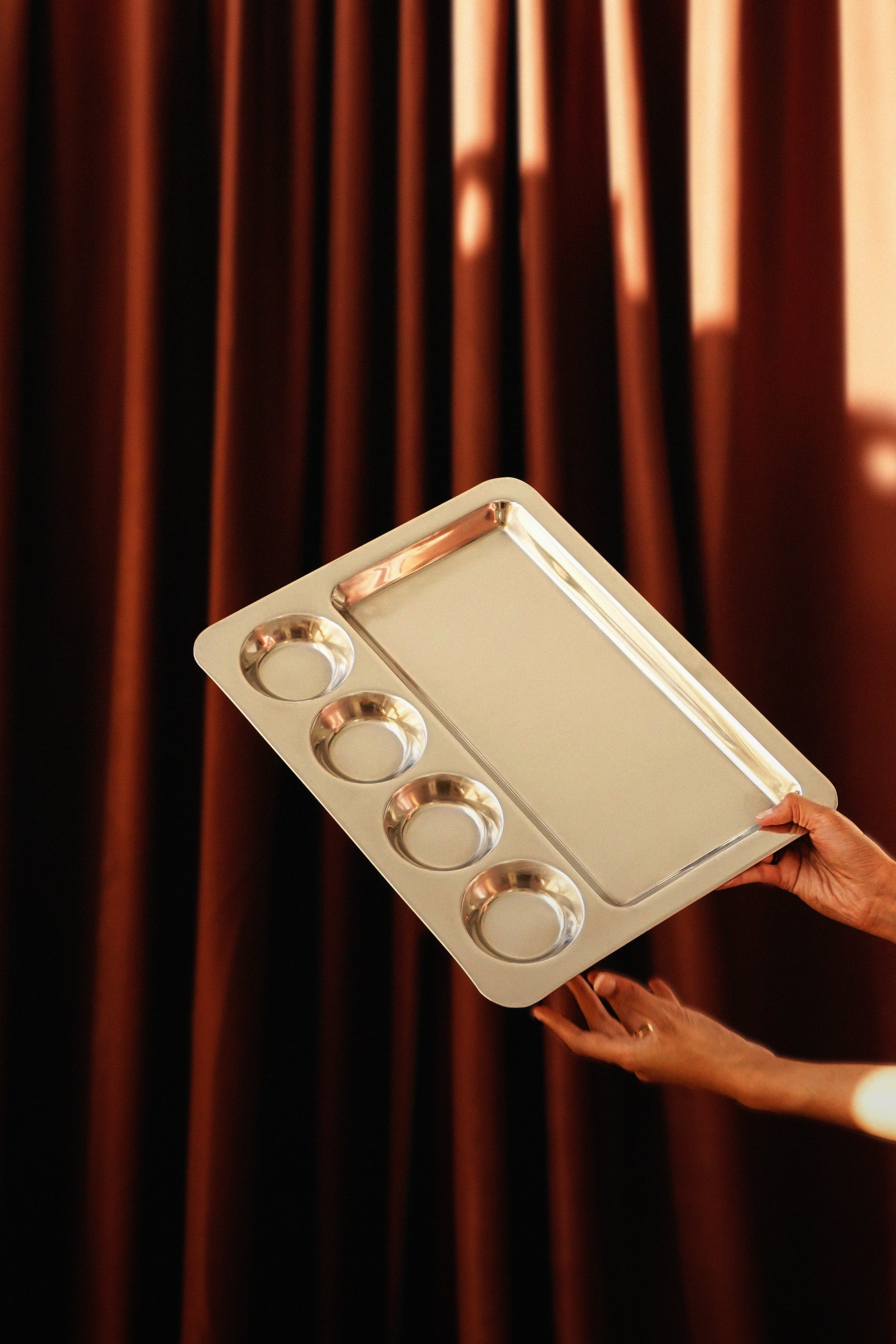


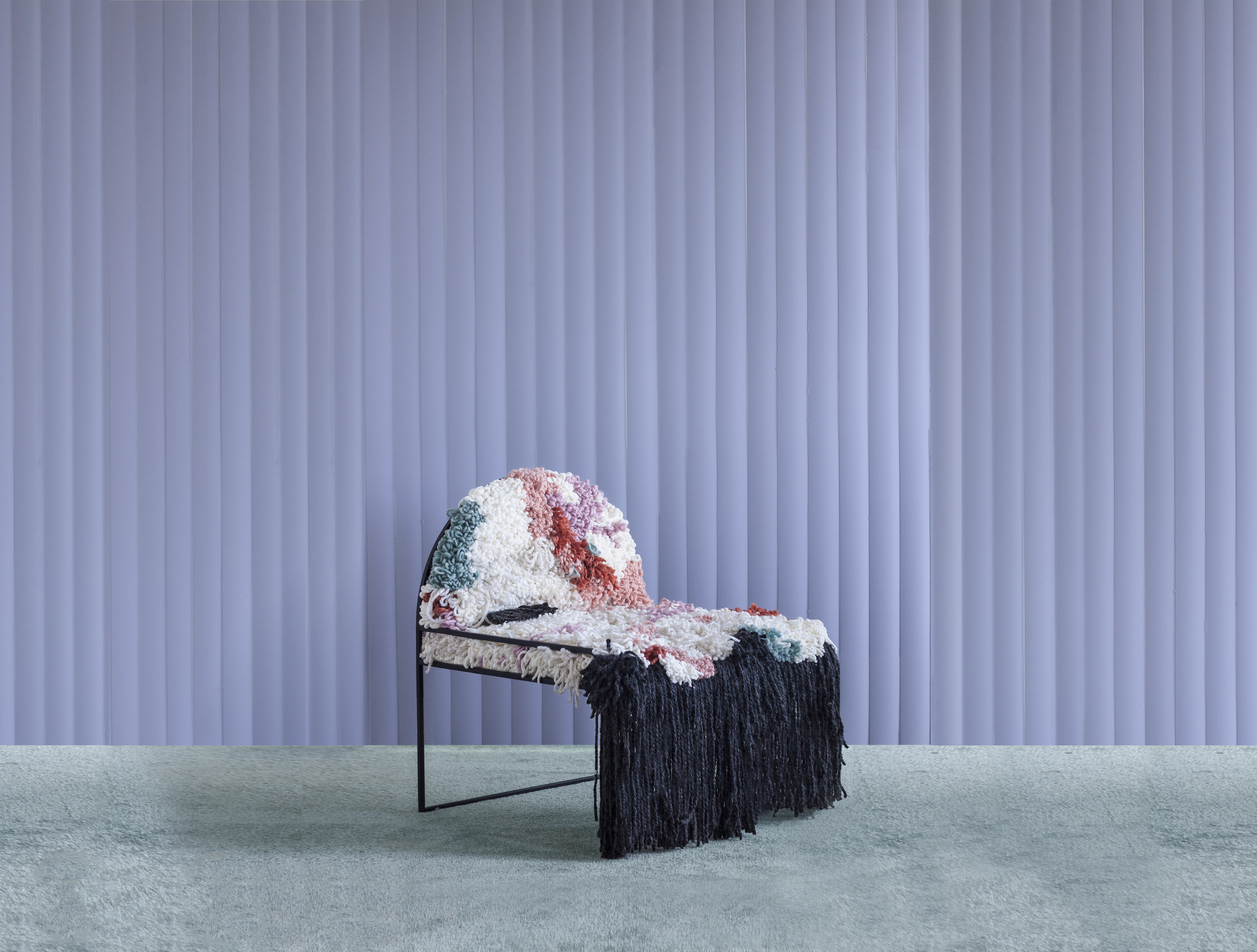
The more I spoke with Soft Geometry's co-founders Utharaa L. Zacharias and Palaash Chaudhary and Sam Klemick, the more I realized that the roundness of their creations isn't the only thing they have in common. As I retraced my conversations with them, I understood that, in both of their cases, this fullness isn't just there to provide comfort, but has an agency; it plays an active role in defining their experiences, the relationships they establish with others and the environment around them. This is clear in the anecdote behind Utharaa and Palaash's Mirrors for Aliens — the Indian dinner plates they restored while in the process of applying for their green card last year.
"There is this category of green cards called 'for extraordinary aliens,'" Utharaa said, lively explaining that, as non-permanent residents, all of their paperwork had so far been addressed to "non-resident aliens". The Soft Geometry partners had always found the expression bizarre: "in the US, the word 'alien' is widely used to describe anybody who's not from the country, but why not calling us 'non-resident people' instead?" Feeling estranged from their second home and geographically distant from their place of birth, they turned to the renovation of those steel thali plates to feel in touch with their roots. It quickly became a daily ritual: "we would work on all the documentation required for the application, finish that up, and hand-buff them for hours". That happened for weeks. By the point they got to the stage of submitting their request, the plates had a mirror shine on them. "Seeing ourselves in the dishes was such a crazy moment," Utharaa recalled. "They became a symbol of our identity — of our blurred reflections."
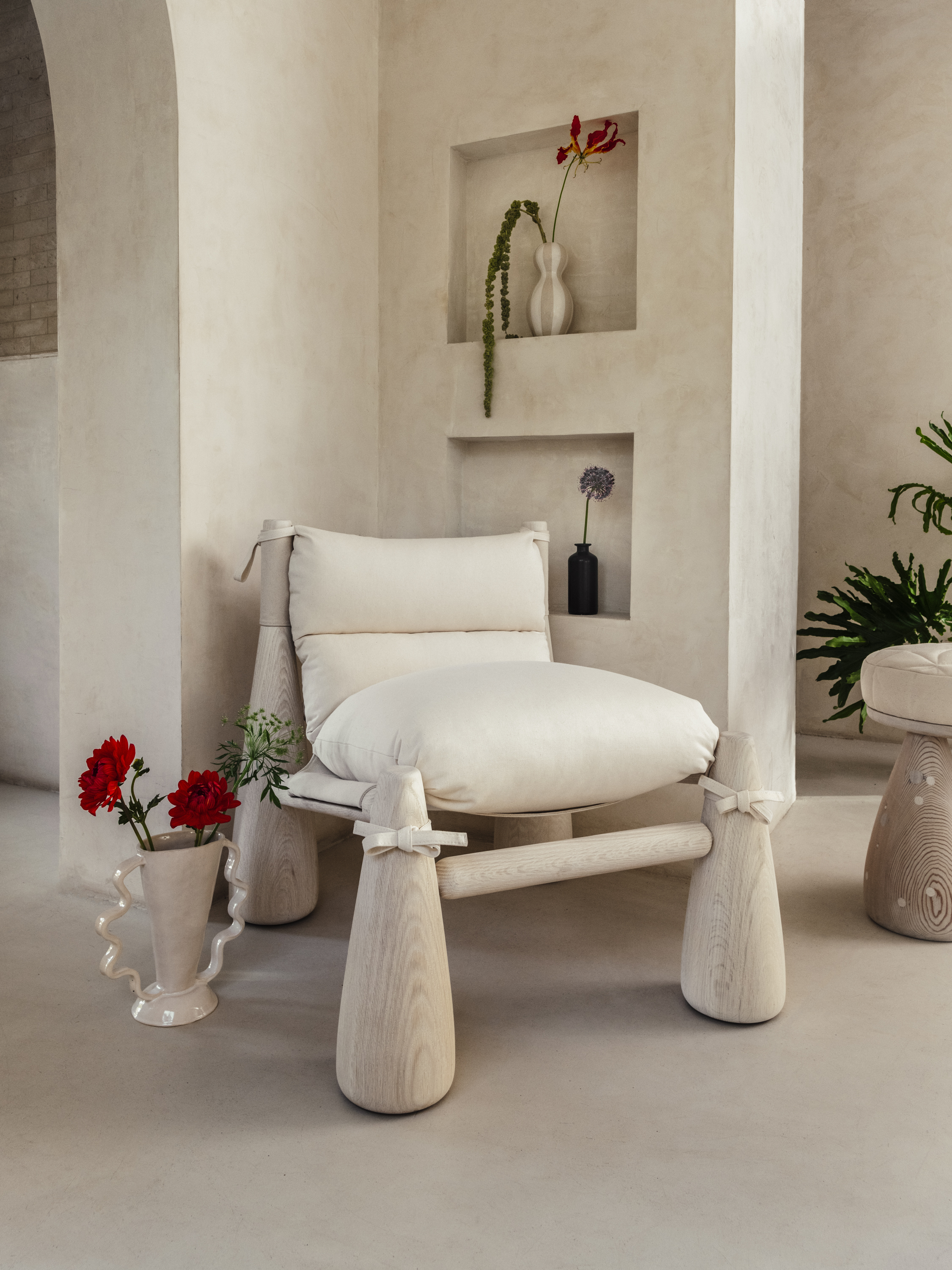

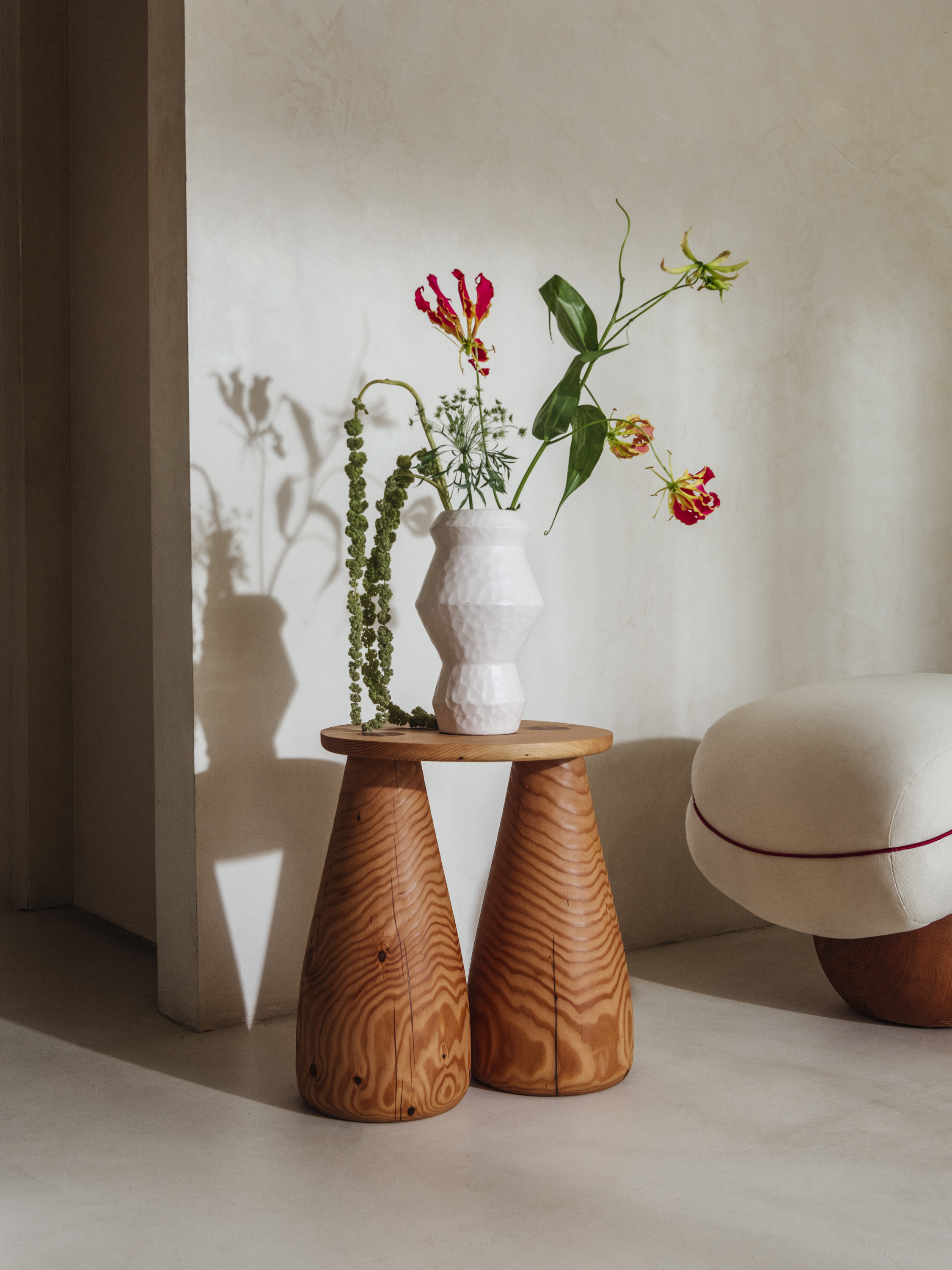

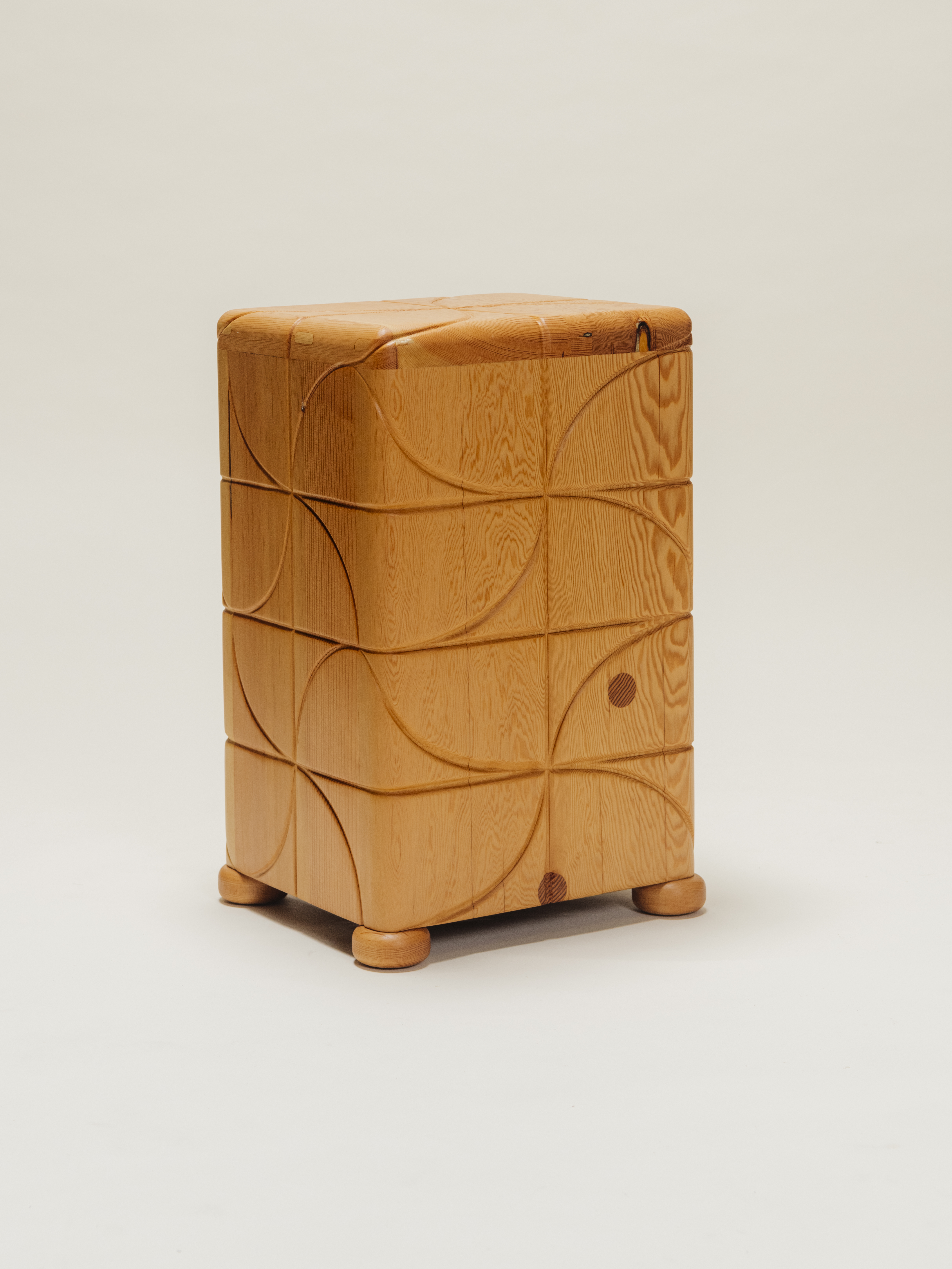


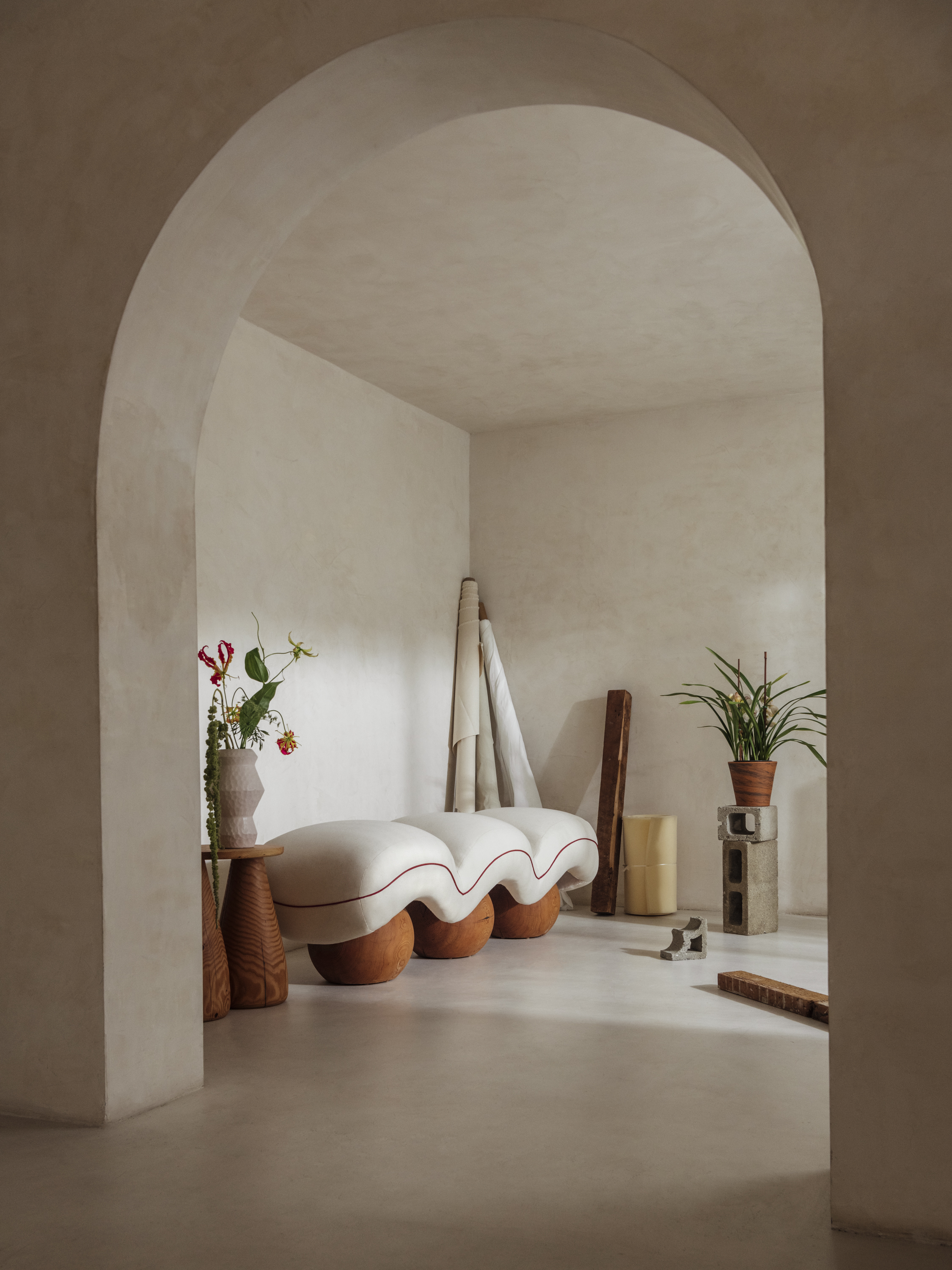
Addressing the soothing influence that her quirky designs have on her, Sam Klemick explained that that's, largely, why she got into furniture making. Coming home after a long, difficult day and seeing her coffee table, which is a prototype, helps her regain focus. "You know how super anxious people put a weighted blanket on to feel better? Well, that's my way of doing it," Sam said. "It is as if there was a presence in my pieces, one that, although not super detailed, has a weight, soul, and steadiness to it."
She uses the roundness of her vision to incorporate as many inspirations as possible in her work — be it the brightness of California, reflected in her delicate color choices, or the sense of ease she is surrounded by in her atelier, which she shares with 12 other people, including her former teachers. "There is an indirect appreciation for history in my projects, one you'd never think of when first seeing my work," Sam said. "Woodworking is something you learn from those who did it before you, and beyond what I produce I value the experience of making it for the community I have built around that action."
There is a contagious charm to playful decor that embraces our bodies and encourages object-human interactions, especially when contrasted with the overly stiff, serious atmosphere that has long characterized the design world. However, listening to Utharaa and Sam compelled me to think that the rising popularity of these cartoon-like creations might also hide something else. For starters, there seems to be a growing tendency to charge the objects around us with the meaning, emotional reassurance, and lightheartedness we lack in other aspects of our life — whether because, like in Soft Geometry's case, the circumstances keep us away from our loved ones, or due to the relentless pace of modern routine we've become accustomed to enduring. In an era where social media viral moments have more resonance than the big questions of our times, from climate and political crises to our crumbling belief system, these whimsical possessions become a cocoon where we can finally relax, unwind, and feel understood.
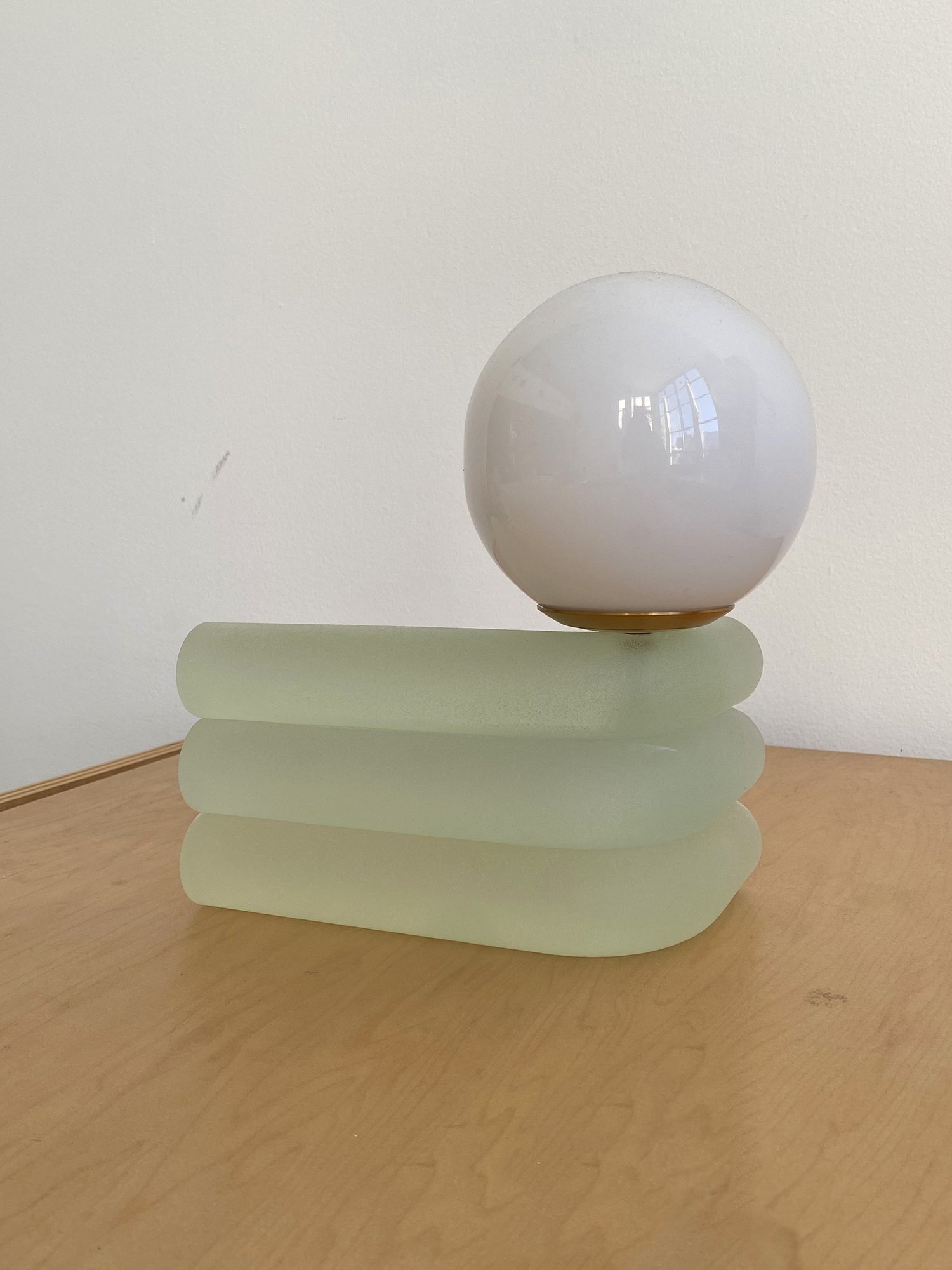
Size: 9"x6"x9.5"H
Color: Aloe
Material: Translucent, tubular, cast resin
Price: $1200.00
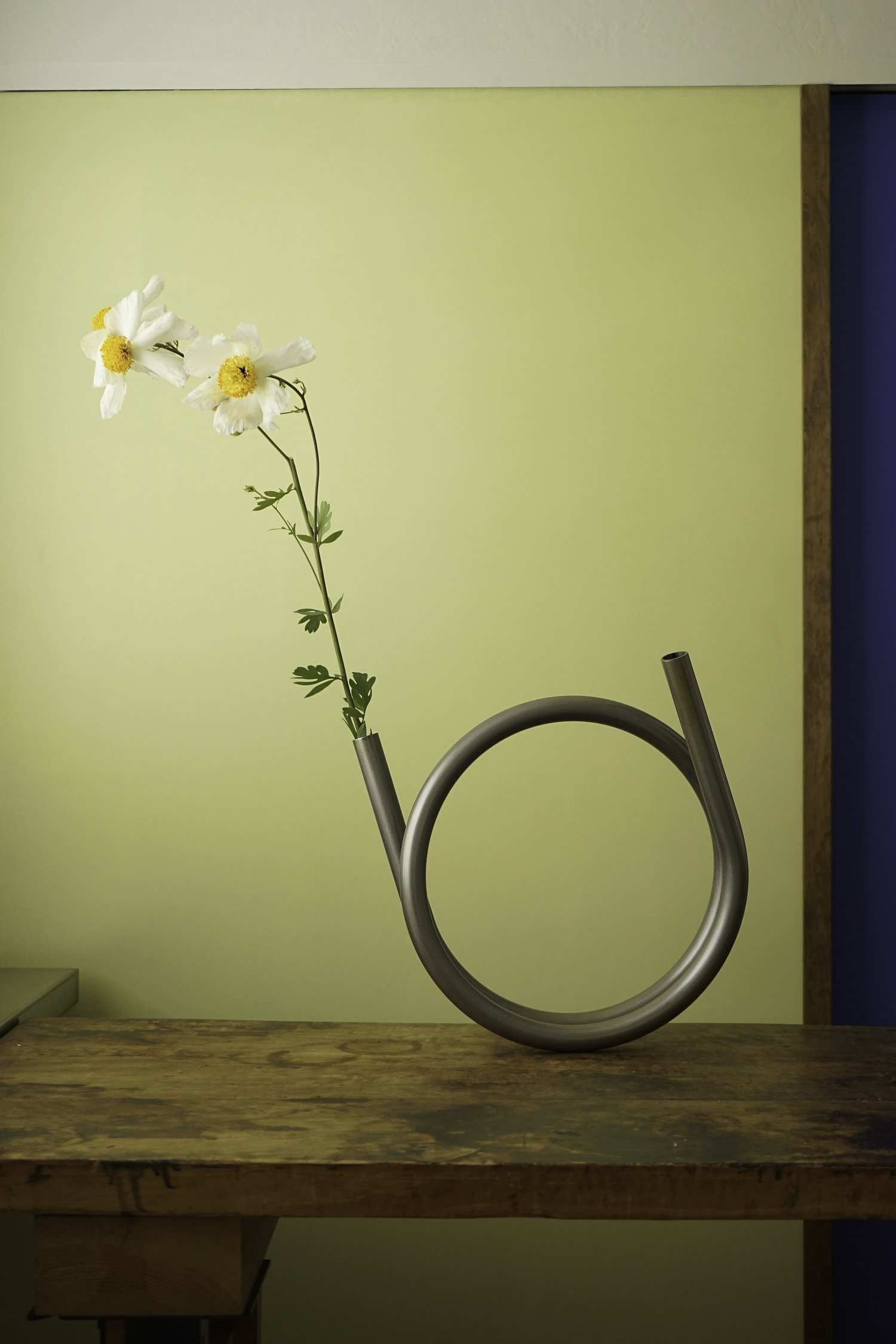
Size: 16"x6"x17"H
Price: $575
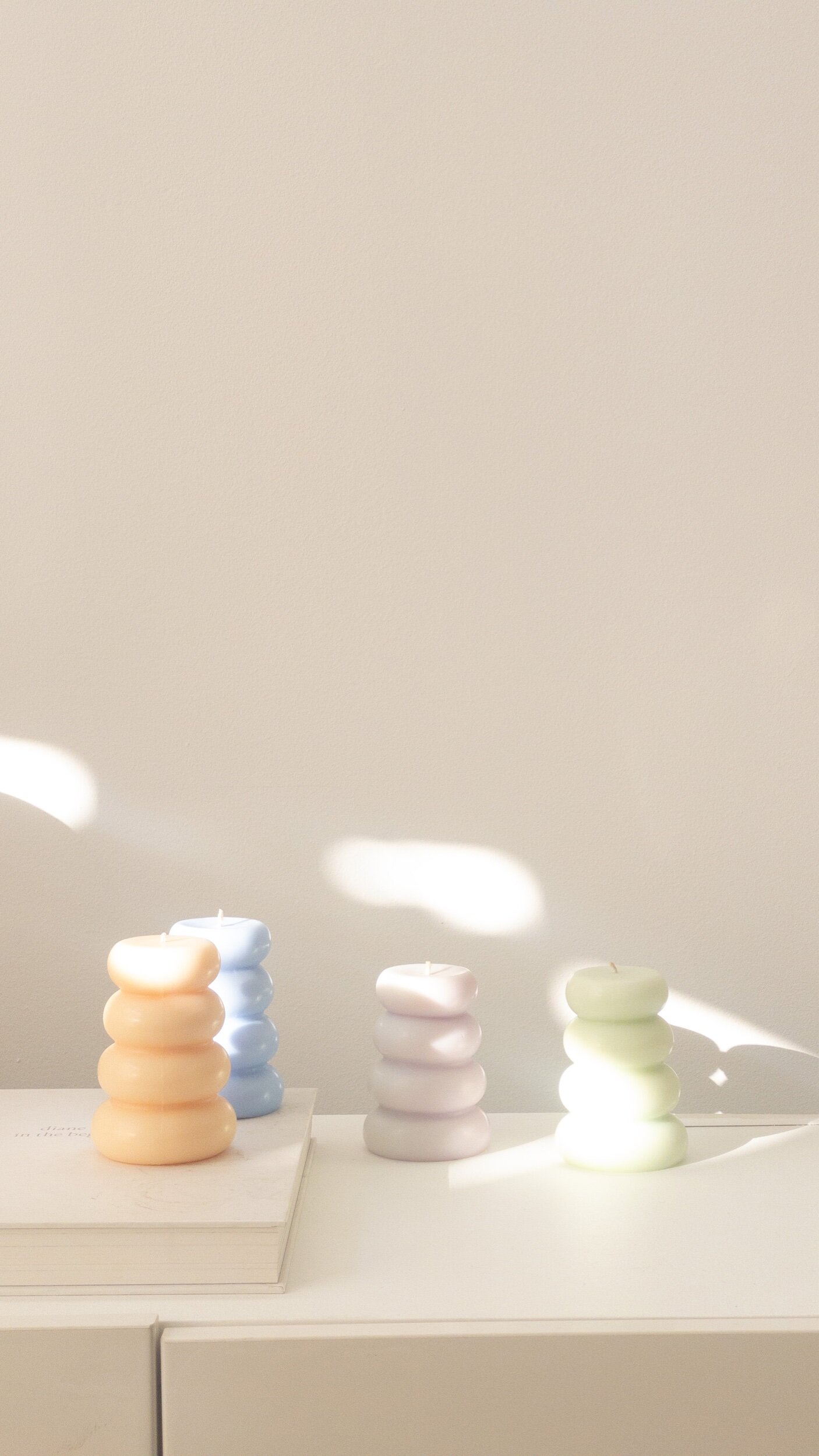
Color: Available in white, green, peach, lavender, and blue
Price: From $58
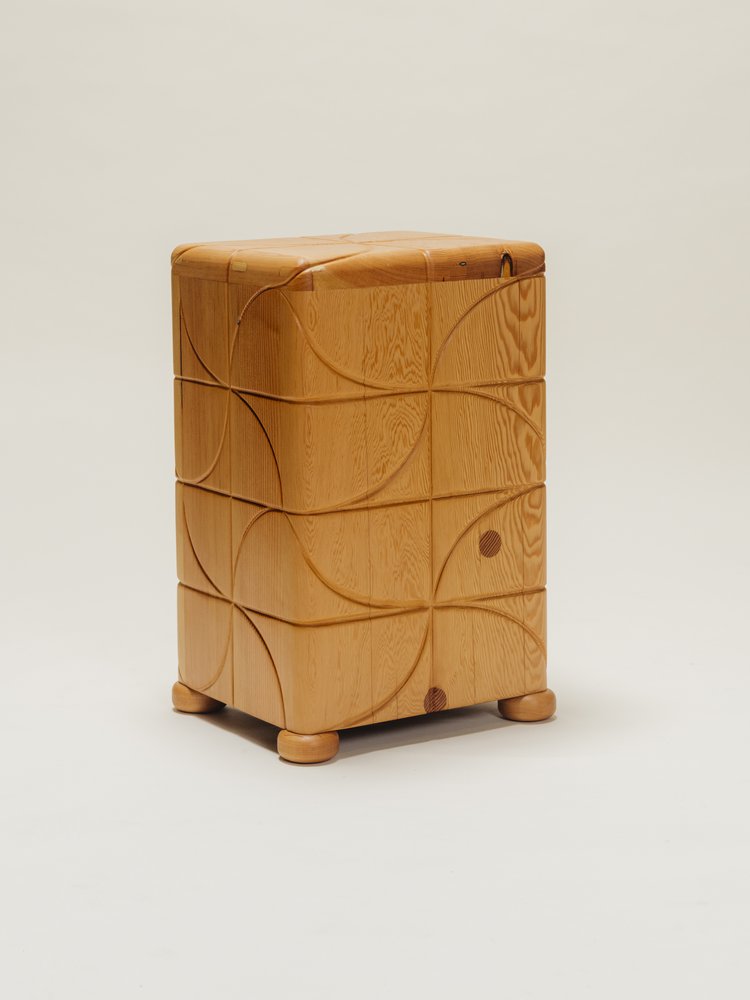
Material: Salvaged Douglas Fir
Price: Enquire
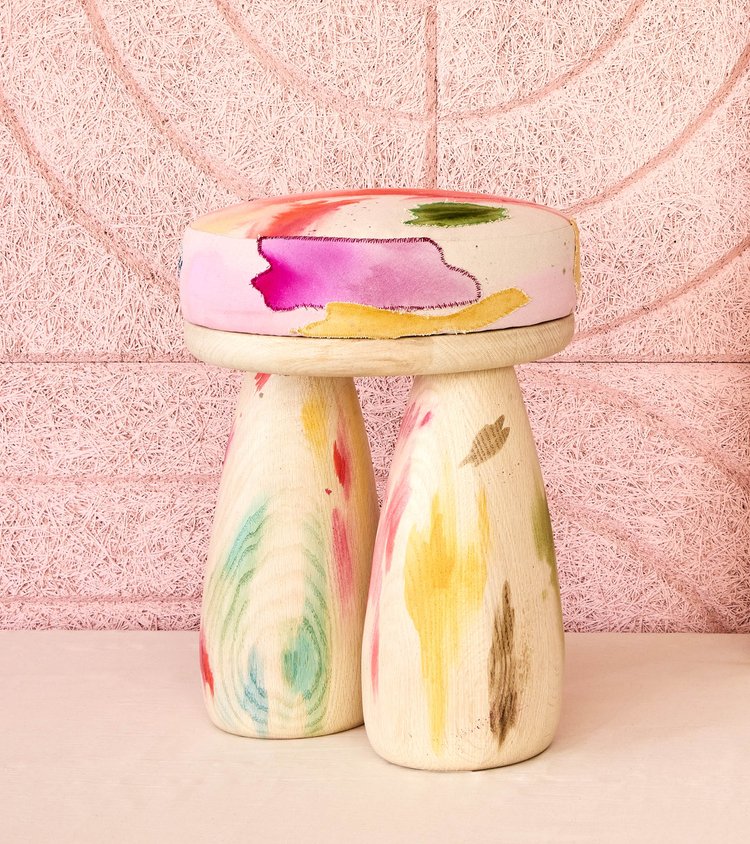
Material: Hand-painted canvas, hand-painted oak
Price: Enquire
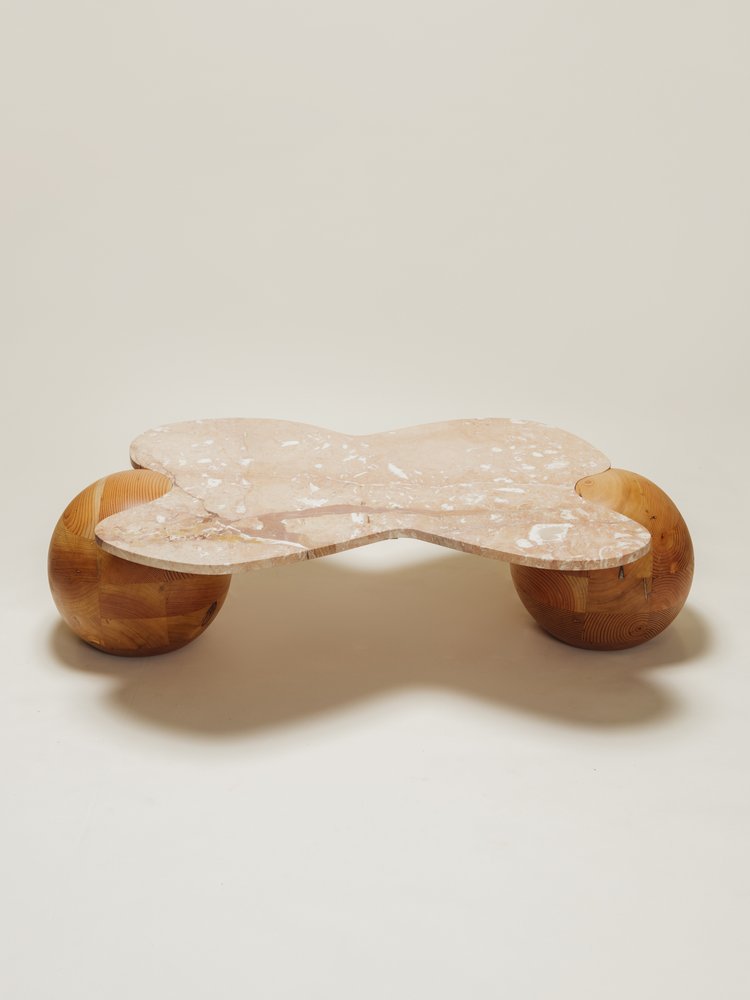
Material: Salvaged Douglas Fir, off-cut Rosa Del Garda marble
Price: Enquire
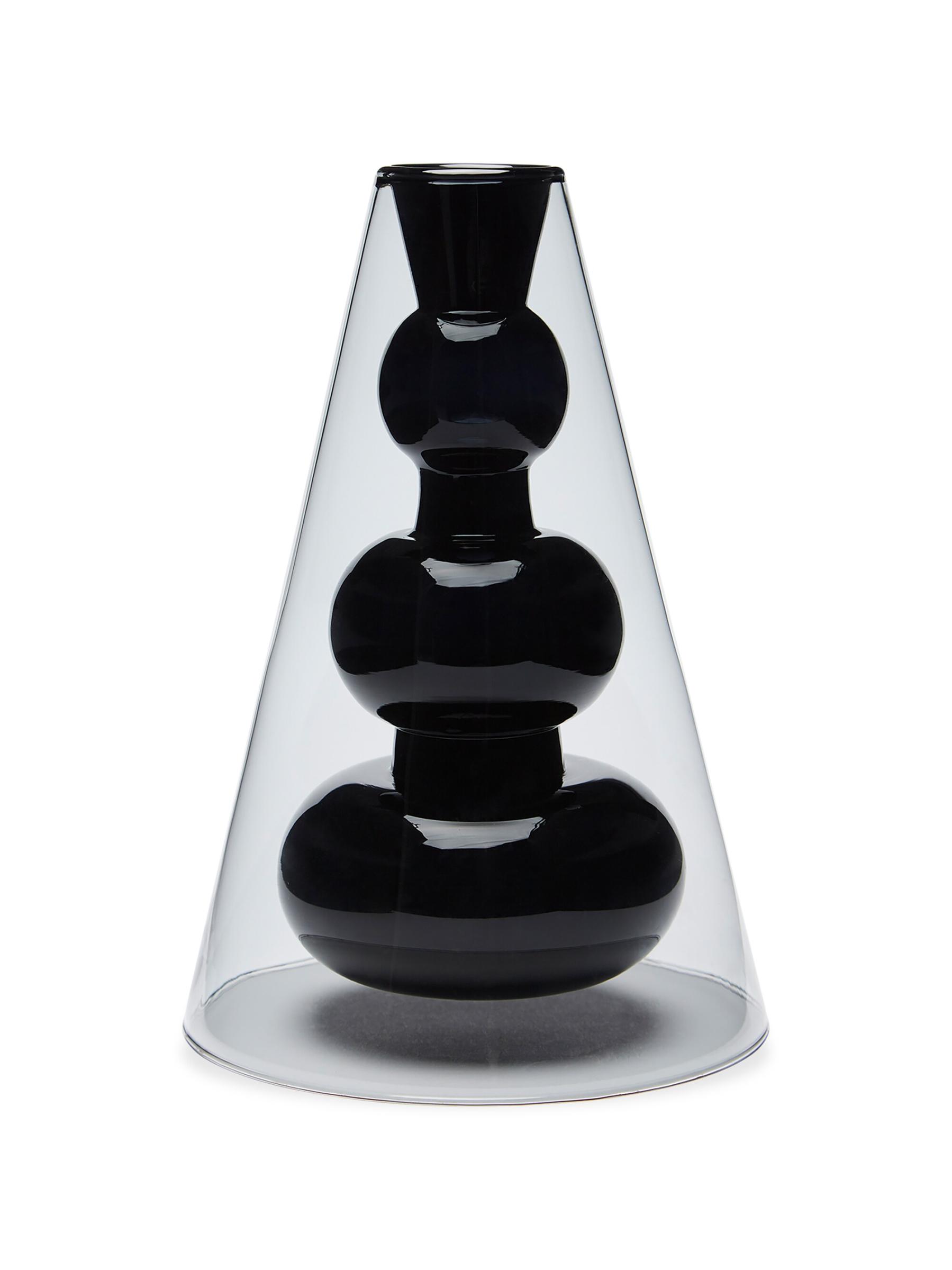
Material: Glass
Price: $290.03
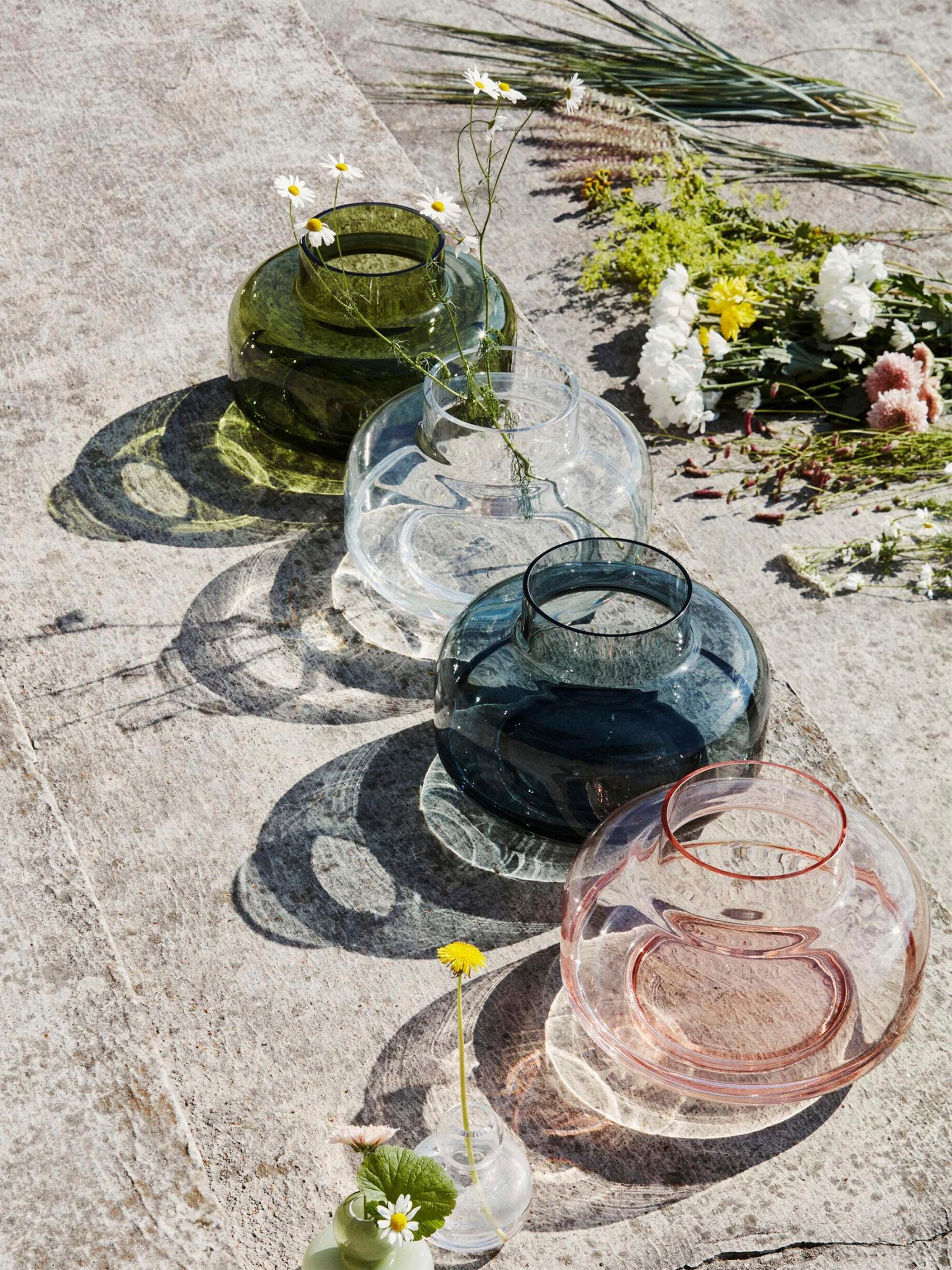
Material: Glass
Price: $392.39
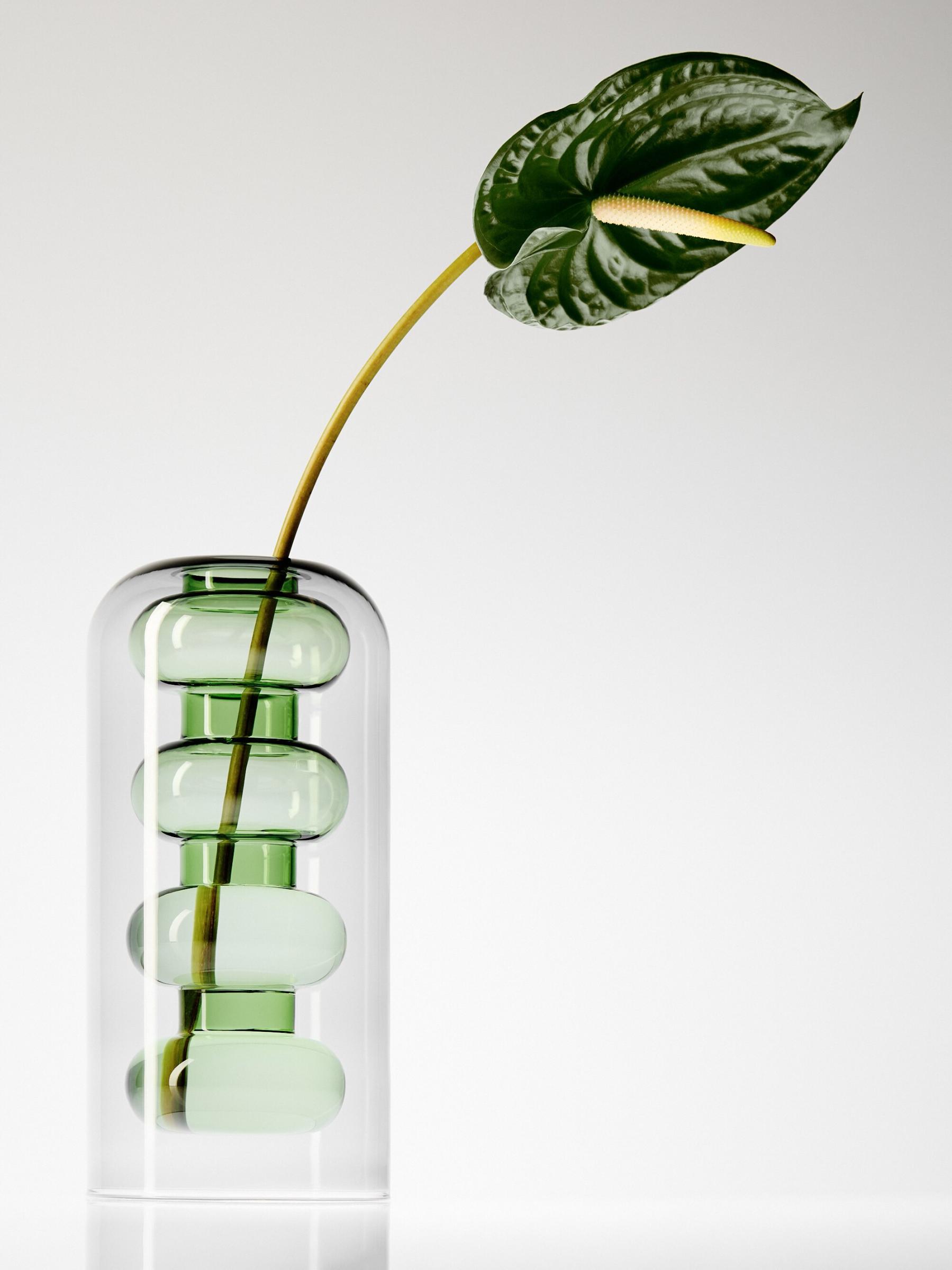
Material: Glass
Price: $309.71







